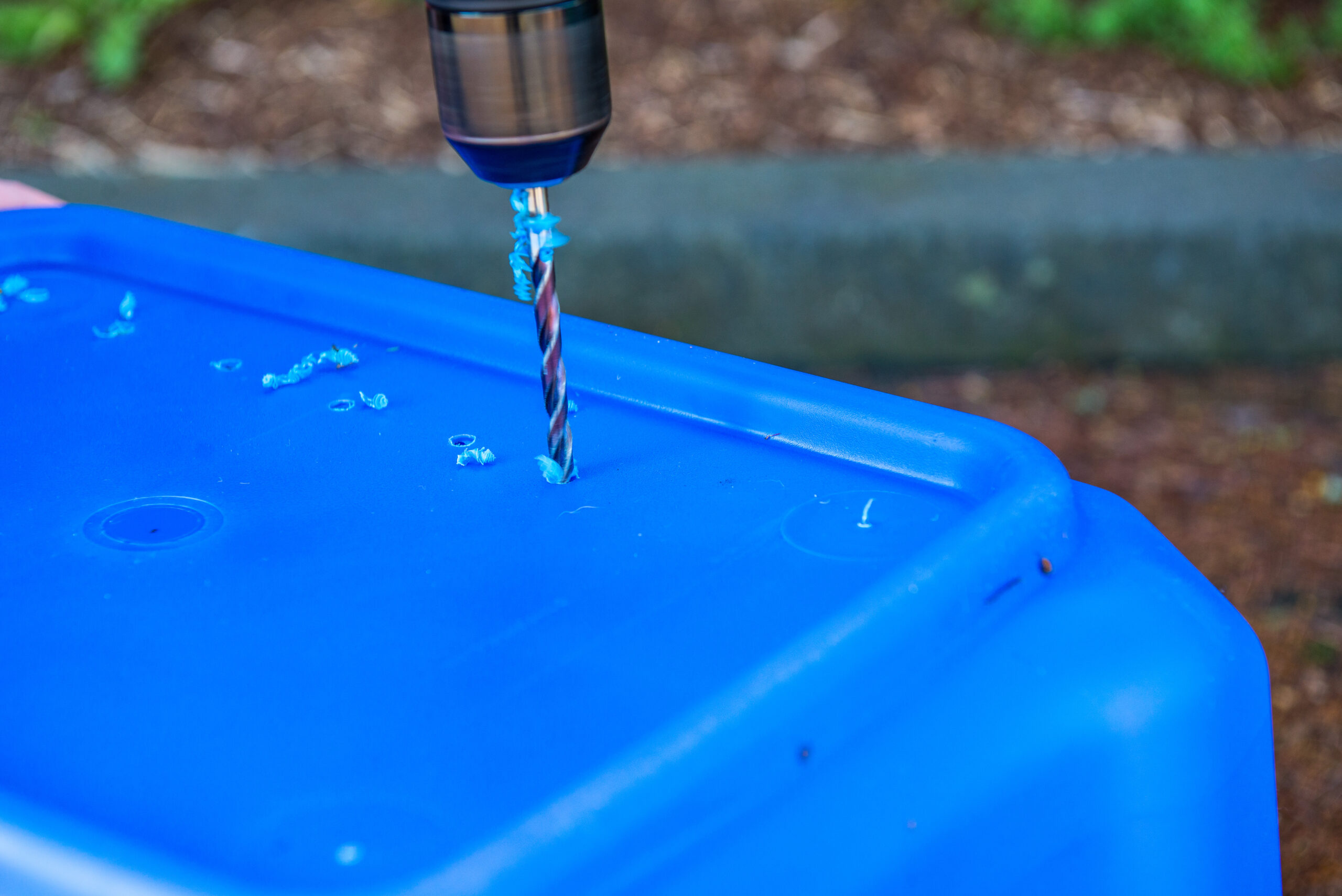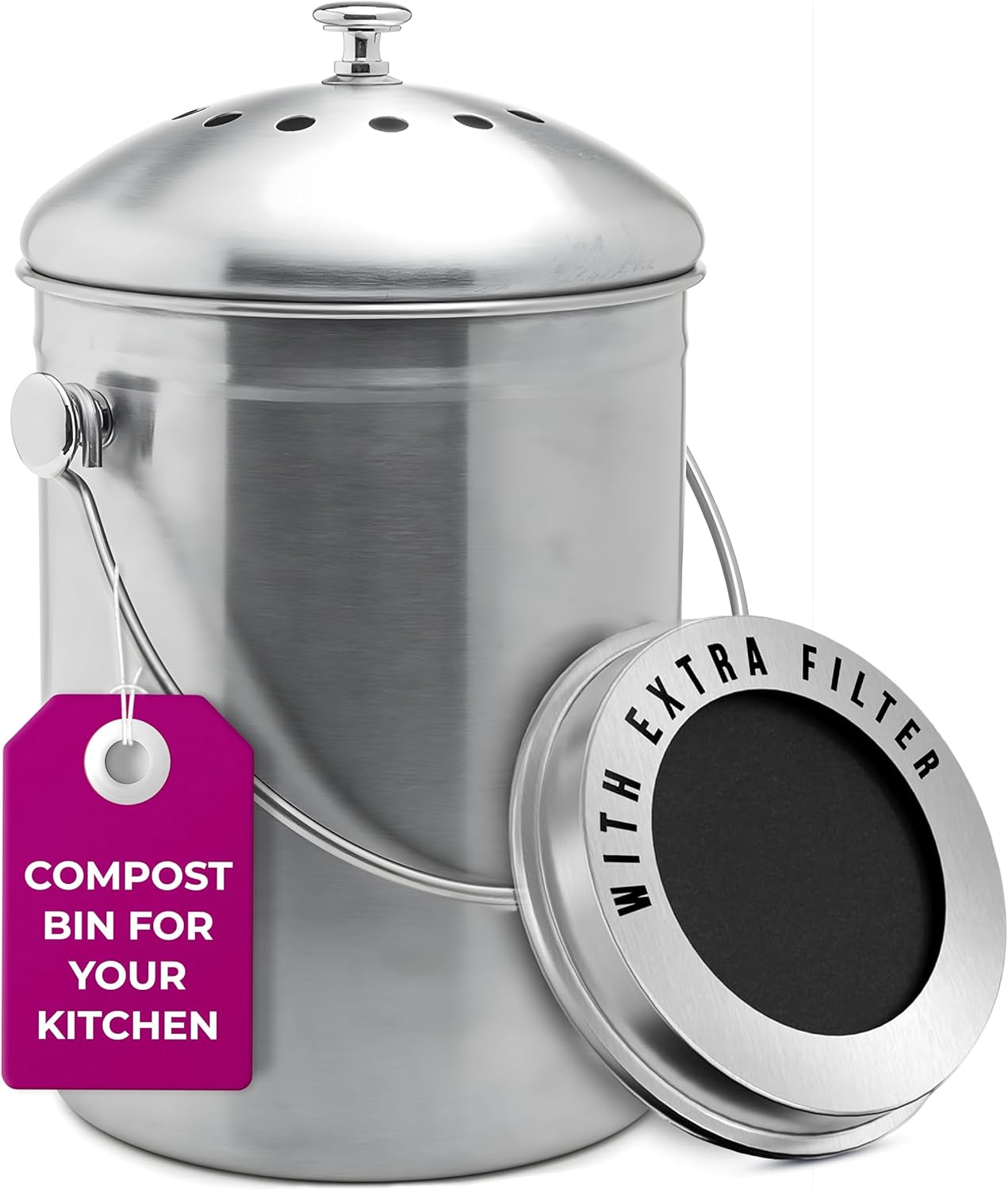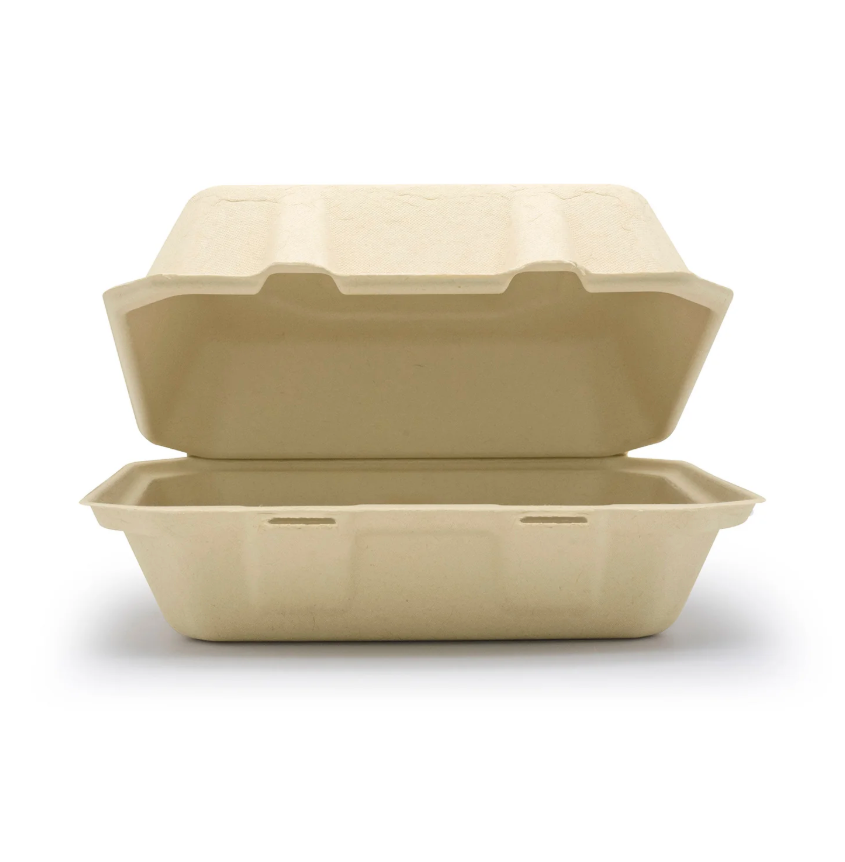Composting is an eco-friendly way to reduce waste and create nutrient-rich soil, even if you’re tight on space. With a few simple materials and a bit of creativity, you can build a compost bin that fits your apartment, balcony, or tiny backyard. Below are three DIY compost bin ideas tailored for small spaces: a budget-friendly bin, an odor-free option, and a zero-cost upcycled solution.Enter your text here...
1. Budget Bin: Storage Box with Air Holes
Materials Needed:
- Plastic storage bin (18-30 gallons, with a tight-fitting lid)
- Power drill with ¼-inch drill bit
- Mesh screen or breathable fabric (optional, for covering holes)
- Glue or duct tape (optional, for securing mesh)
Steps:
- Choose Your Bin: Pick a plastic storage bin that fits your space. A smaller 18-gallon bin works for balconies, while a 30-gallon bin suits larger areas.
- Drill Air Holes: Using a ¼-inch drill bit, create 10-12 evenly spaced holes on the sides and lid of the bin. These allow airflow, which is essential for decomposition.
- Optional Mesh Covering: To prevent pests, glue or tape small pieces of mesh screen or breathable fabric over the holes from the inside.
- Set Up the Bin: Place the bin in a shaded, well-ventilated spot. Add a layer of brown materials (like shredded newspaper or dry leaves) at the bottom, then mix in green materials (like fruit scraps or coffee grounds).
- Maintain: Turn the contents weekly with a shovel or trowel to aerate. Keep the compost moist but not soggy, like a wrung-out sponge.

2. Odor-Free: Charcoal Lid Compost Pail
Materials Needed:
- Small compost pail (1-2 gallons, with a charcoal filter lid)
- Charcoal filter refills (optional, for long-term use)
- Compostable liners (optional, for easy cleanup)
Steps:
- Select a Pail: Purchase a compost pail with a charcoal filter lid, designed to trap odors. These are widely available online or at home stores for $15-30. You can also view the one in the picture here at Amazon
- Place the Pail: Keep it in a convenient spot, like under the kitchen sink or on a countertop. Its compact size (typically 10-12 inches tall) makes it ideal for small spaces.
- Add Waste: Layer kitchen scraps like vegetable peels, eggshells, and coffee grounds. Avoid meat, dairy, or oily foods to prevent smells and pests.
- Use Liners (Optional): Line the pail with compostable bags for mess-free emptying. Replace the charcoal filter every 3-6 months, depending on usage.
- Transfer Regularly: Empty the pail into a larger outdoor compost bin or a municipal green waste program every few days to keep it fresh.

Why It Works: The charcoal filter absorbs odors, making this perfect for indoor composting. Its sleek, compact design blends into any small space, and the pail is easy to clean and maintain.
3. Zero-Cost: Upcycled Containers
Materials Needed:
- Upcycled containers (e.g., coffee cans, yogurt tubs, takeout containers, or plastic buckets)
- Knife or scissors (for cutting air holes)
- Small tray or plate (to catch drips)
- Breathable cloth or old fabric (to cover the top)
Steps:
- Gather Containers: Scour your home for sturdy, food-safe containers. Coffee cans, large yogurt tubs, or takeout containers work well. Ensure they have lids or can be covered.
- Create Ventilation: Poke or cut 8-10 small holes (⅛-inch) in the sides and lid using a knife or scissors. Be cautious to avoid cracking the container.
- Set Up: Place the container on a tray to catch any leaks. Start with a layer of brown materials (like torn cardboard or dry leaves), then add green waste (like vegetable scraps).
- Cover: Secure a breathable cloth over the top with a rubber band or string to allow airflow while deterring pests.
- Maintain: Stir the contents every few days to aerate. Keep it in a shaded spot and monitor moisture levels. Transfer to a larger compost system when full.

Why It Works: This method is free, using items you already have. It’s ideal for micro-composting in tiny spaces and encourages creativity while reducing waste.
Tips for Small-Space Composting Success
-
- Balance Materials: Aim for a 3:1 ratio of brown (carbon-rich) to green (nitrogen-rich) materials to prevent odors and speed up decomposition.
-
- Monitor Moisture: Compost should feel like a damp sponge. Add dry materials if it’s too wet or water if it’s too dry.
-
- Avoid Problematic Waste: Skip meat, dairy, oils, or pet waste to prevent smells and pests.
-
- Harvest Compost: Depending on conditions, compost may take 2-6 months to mature. It’s ready when it’s dark, crumbly, and earthy-smelling.
Conclusion
Whether you’re on a budget, prioritizing odor control, or aiming for zero cost, these DIY compost bins make it easy to compost in small spaces. The storage box bin is affordable and scalable, the charcoal-lid pail keeps things fresh indoors, and upcycled containers offer a free, creative solution. Start small, experiment, and enjoy turning your kitchen scraps into garden gold.
